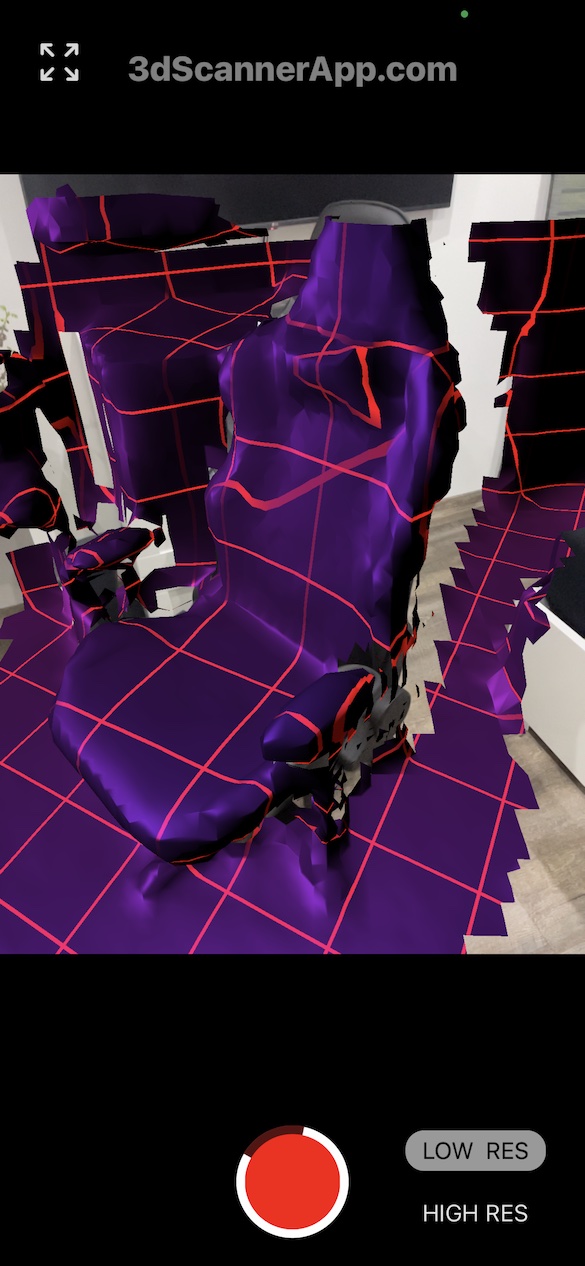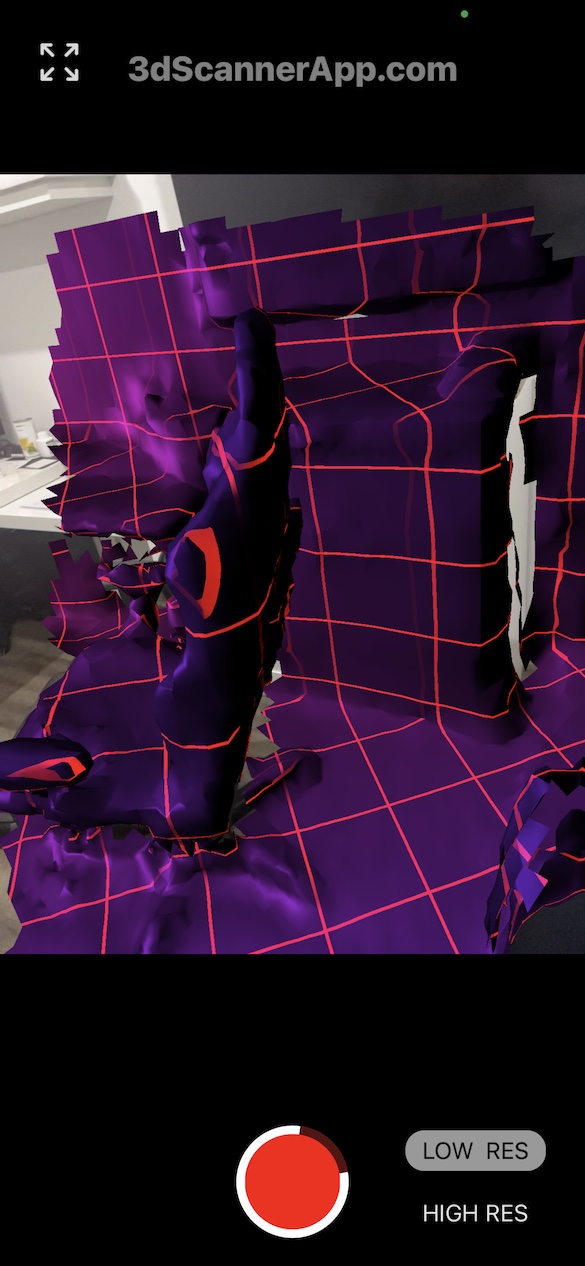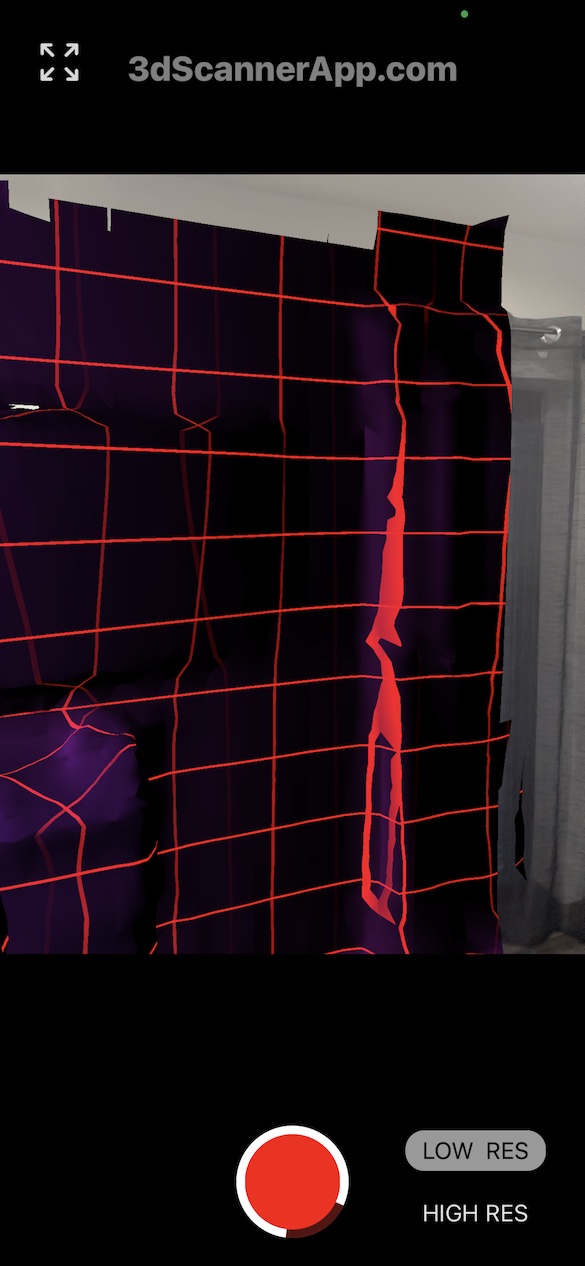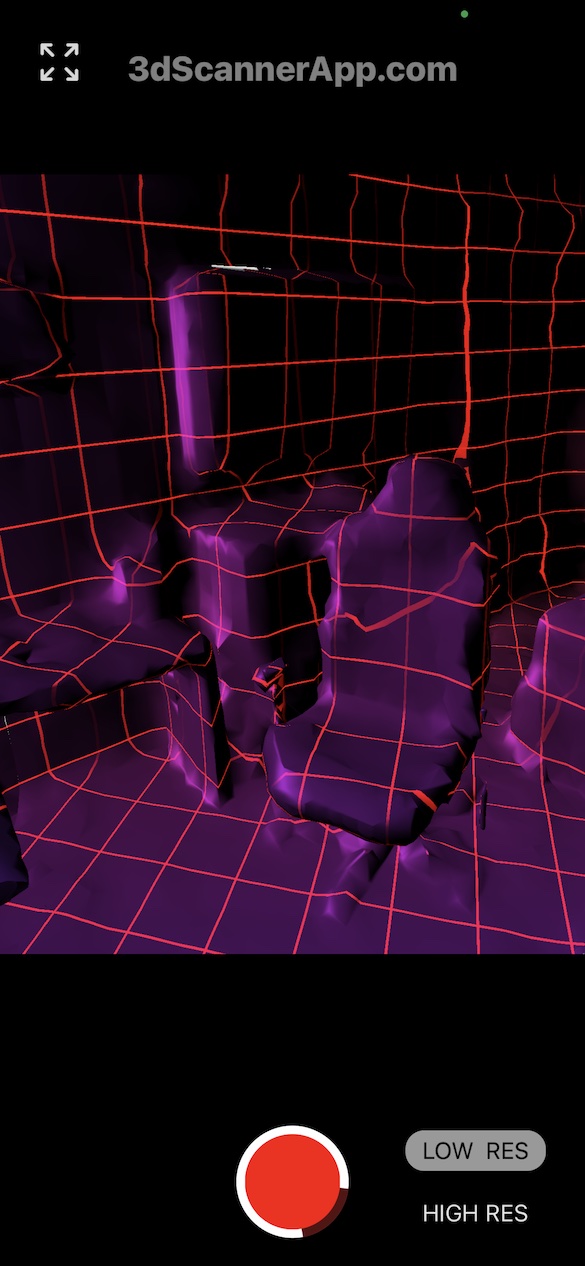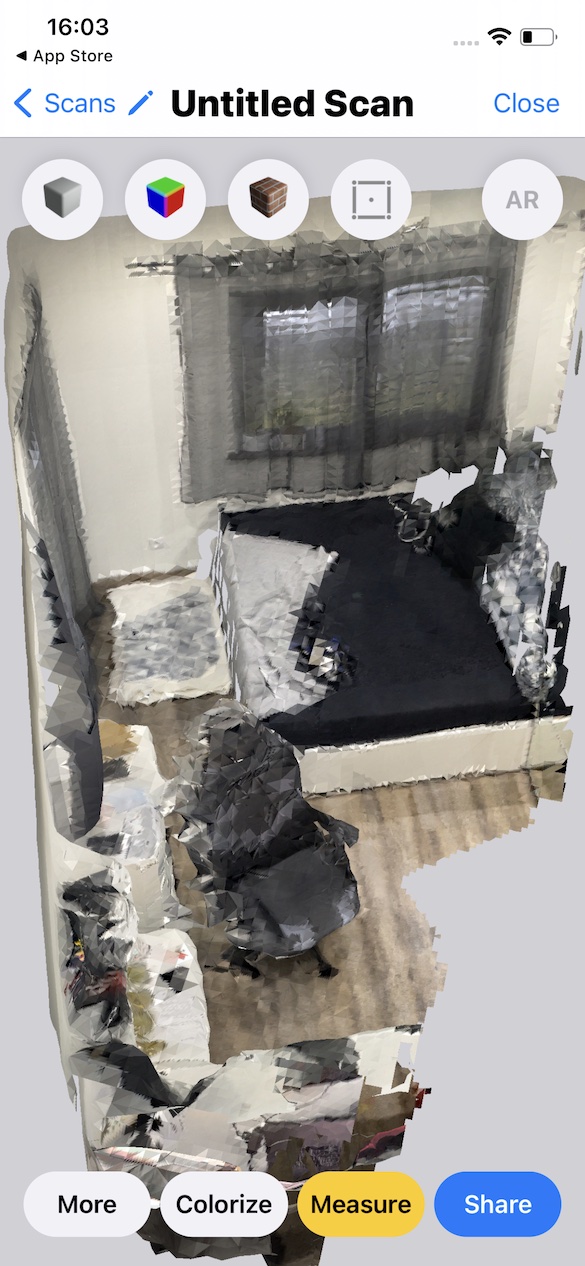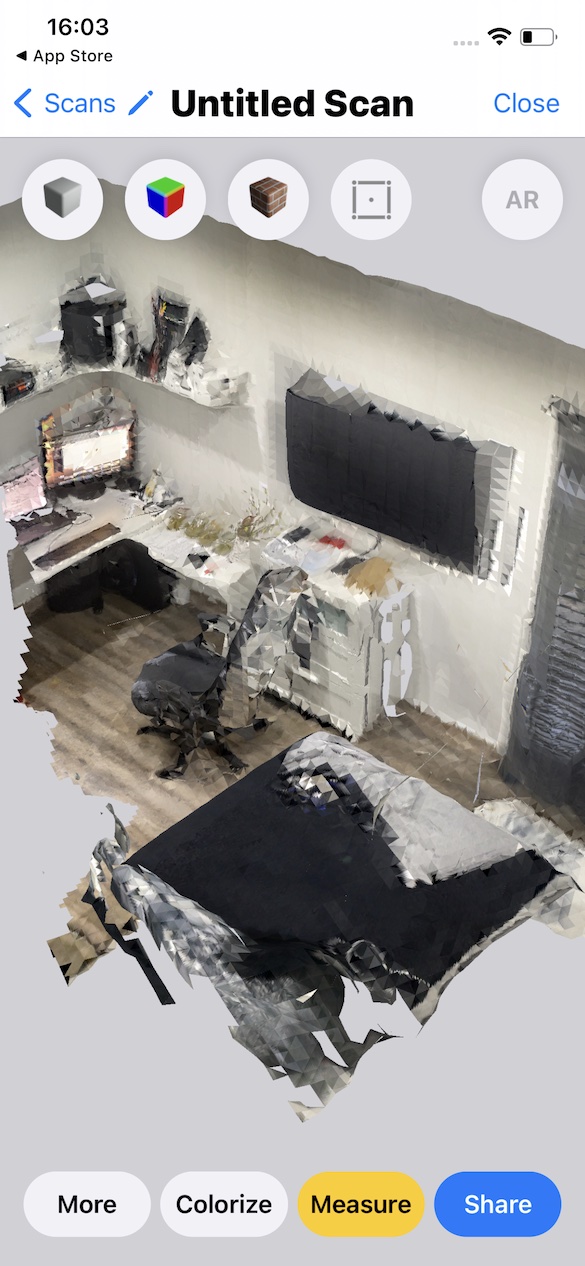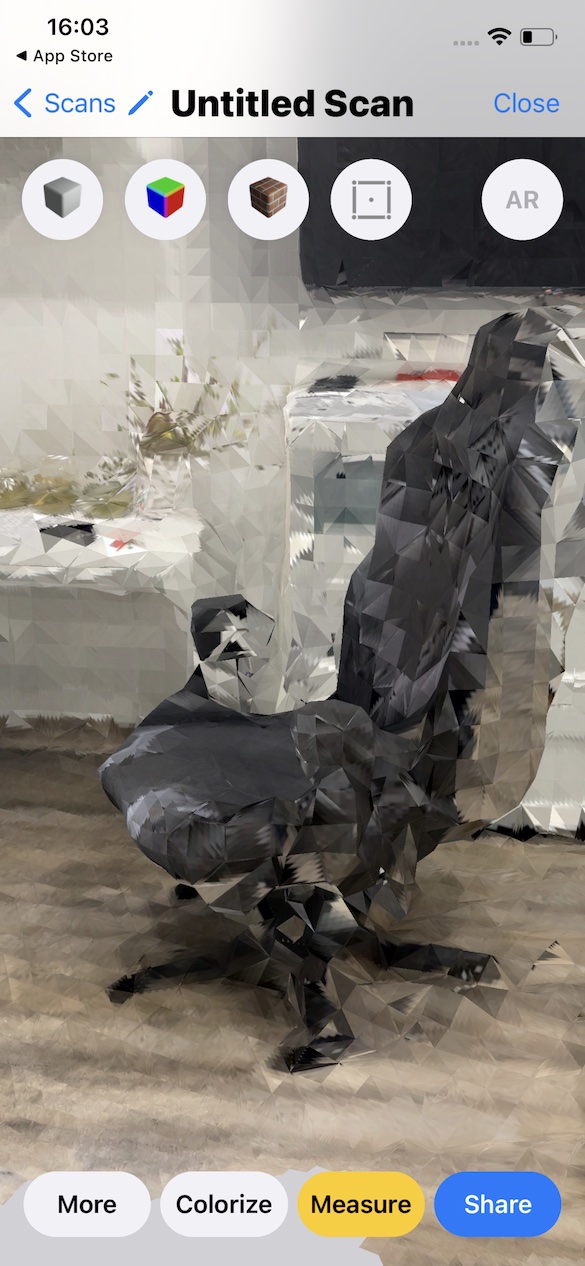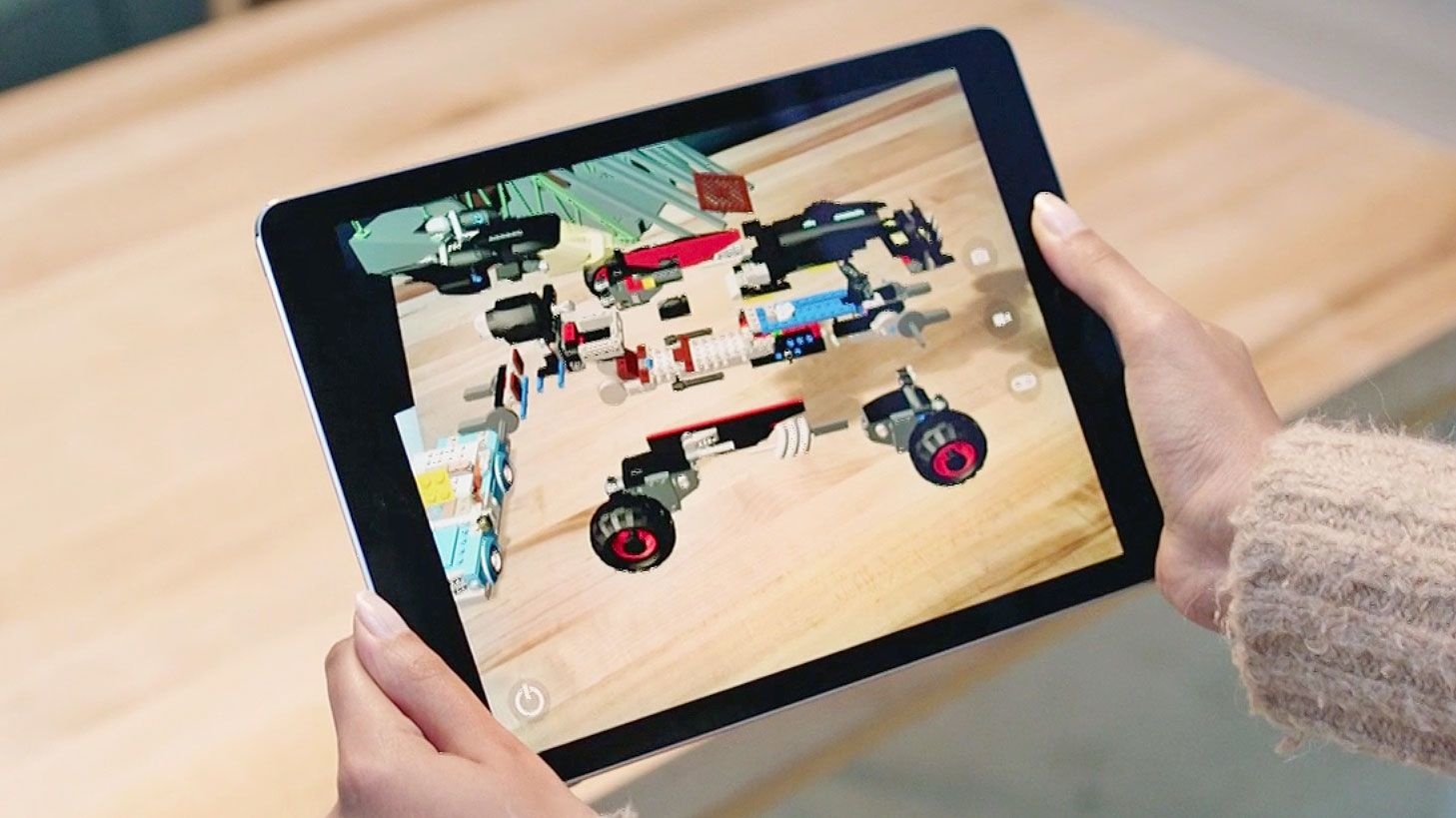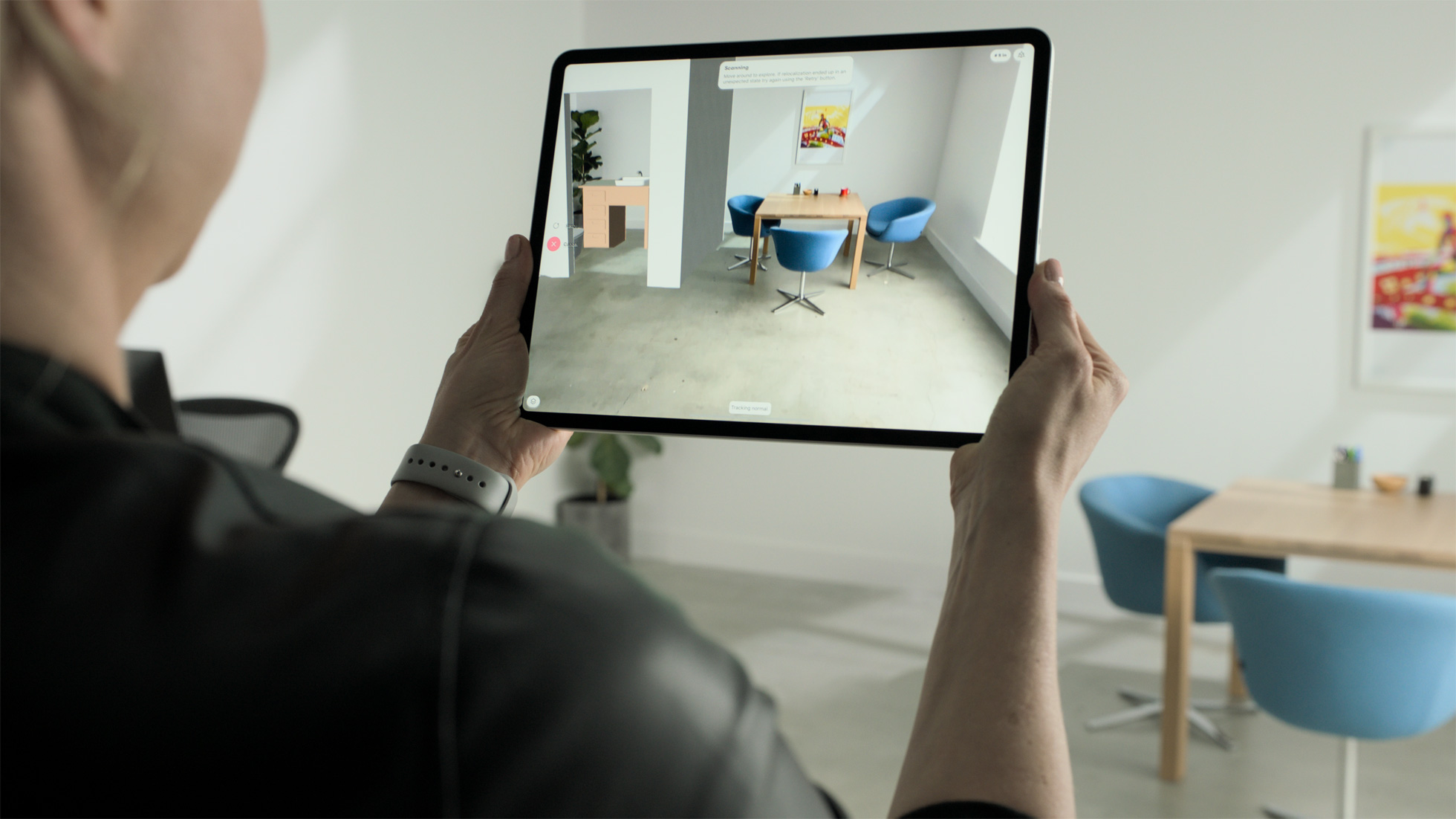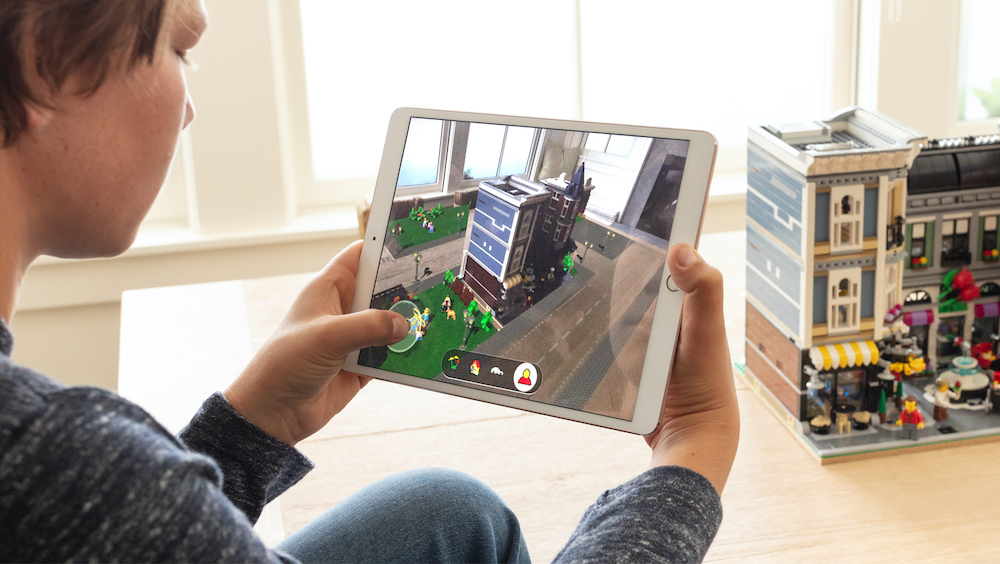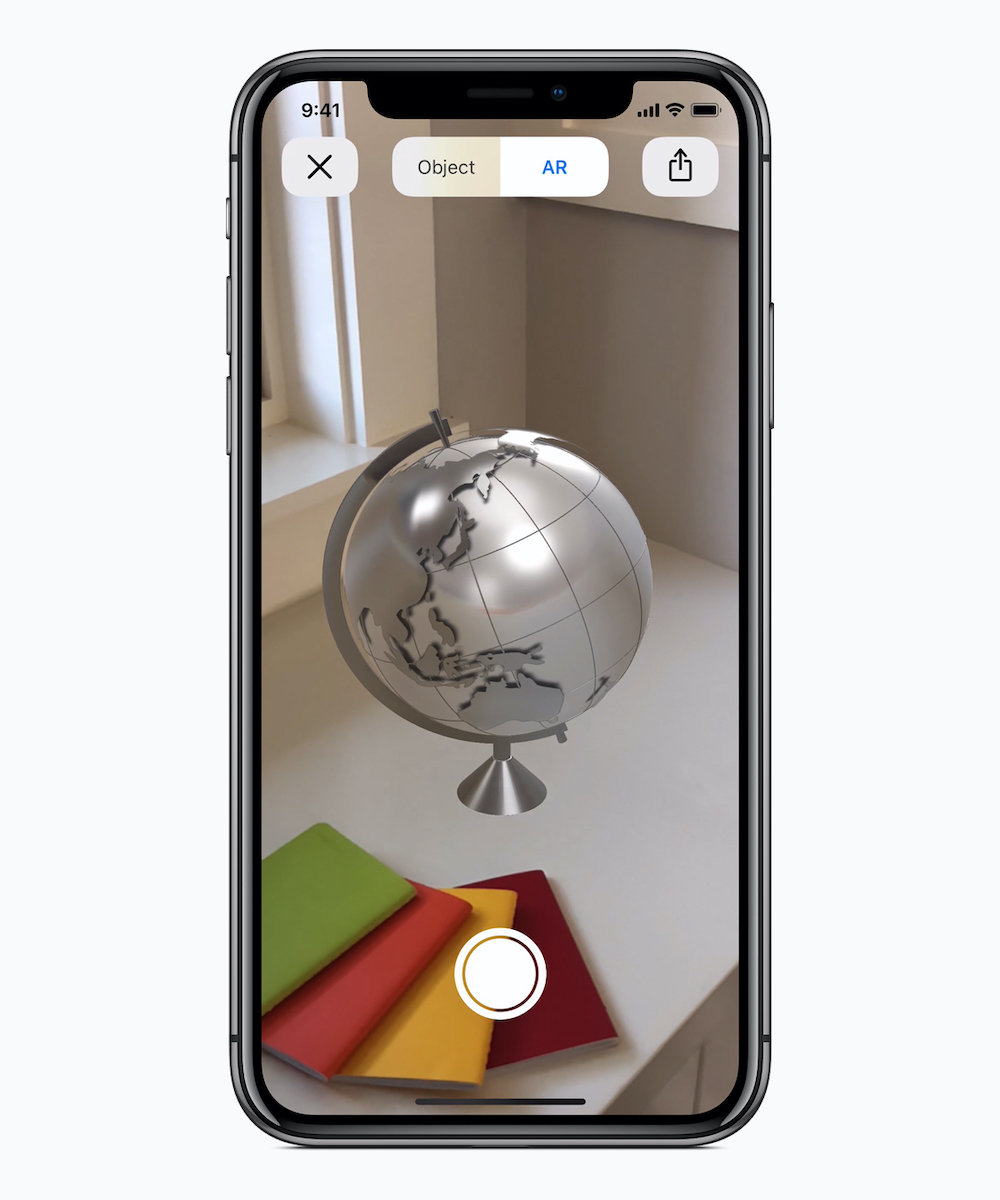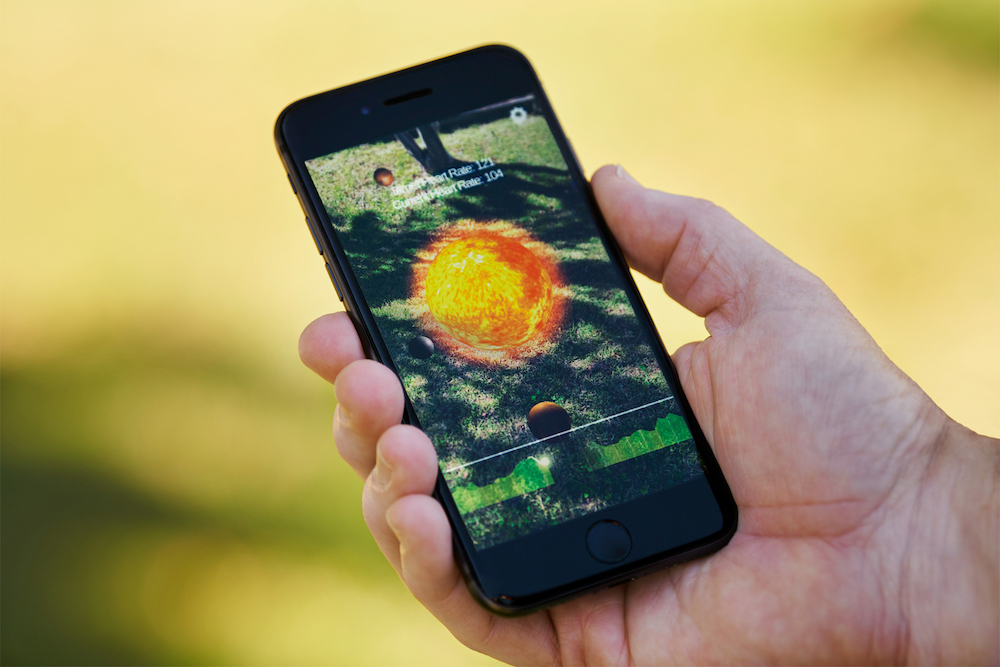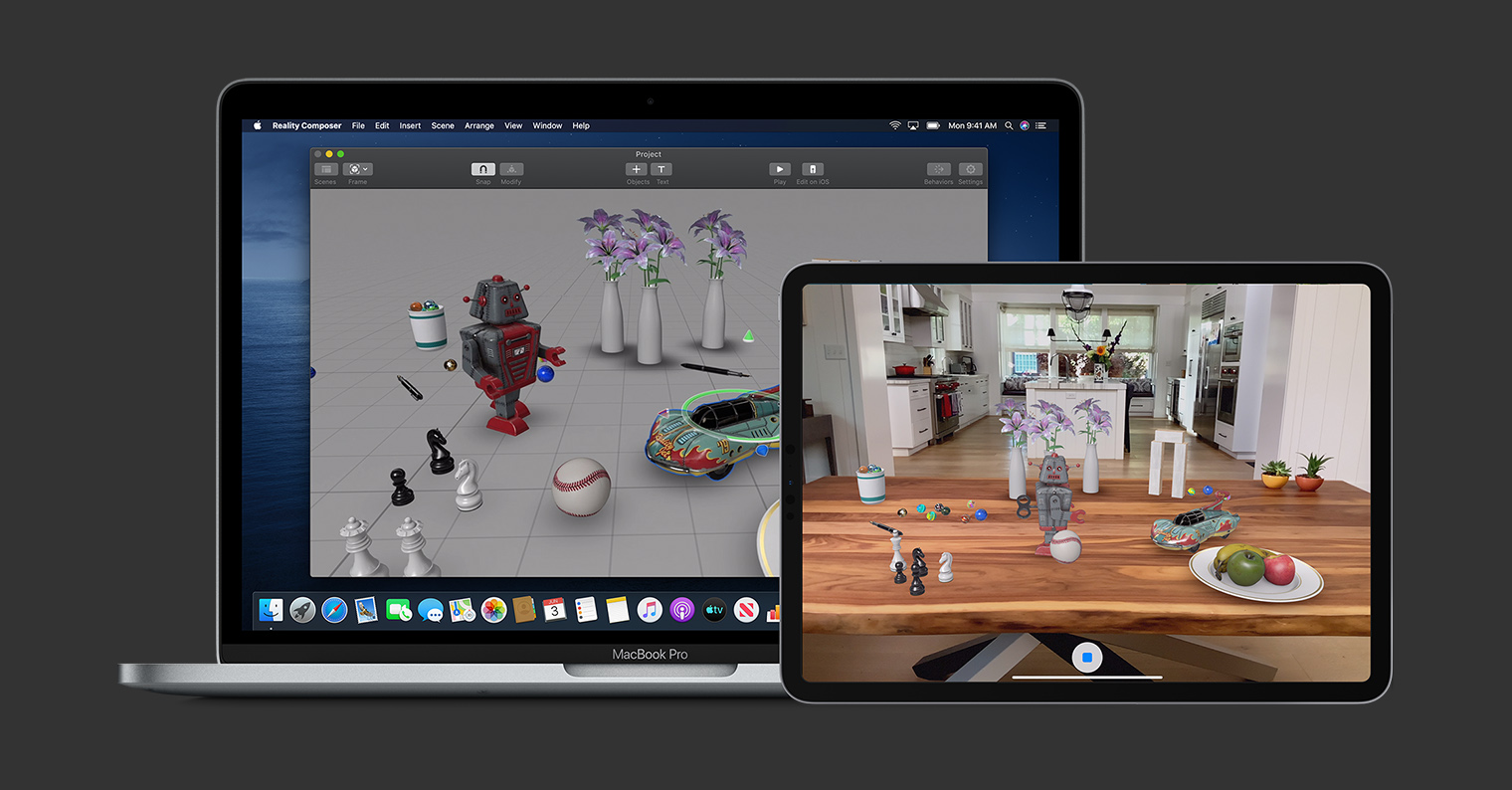With the arrival of the iPhone 12 Pro, Apple bet on a brand new and quite important element that has been a regular part of Pro models ever since. We are, of course, talking about the so-called LiDAR scanner. Specifically, it is a relatively important sensor that can more closely map objects in the user's surroundings and then transfer its 3D scan to the phone, which can continue to process it or use it for simultaneous operations. As such, the sensor emits laser beams that reflect off the given surface and return back, thanks to which the device immediately calculates the distance. This represents a relatively important figure.
It could be interest you

As we mentioned above, since the arrival of the iPhone 12 Pro, the LiDAR sensor has been a common part of the iPhone Pro. But the question is what LiDAR is specifically used for in the case of apple phones. This is exactly what we will now shed light on together in this article, when we will focus on 5 things iPhones use LiDAR for.
Distance and height measurement
The very first option that is talked about in connection with the LiDAR scanner is the ability to accurately measure distance or height. After all, this is already based on what we stated in the introduction itself. As the sensor emits laser beams that are reflected, the device can instantly calculate the distance between the phone's lens and the object itself. Of course, this can be used in several areas and thus provide the user with accurate and valuable information. The capabilities of the sensor can therefore be used, for example, in the native Measurement application and similar alternatives to measure distance in space, or also to measure the height of people, which iPhones do very well.

It could be interest you
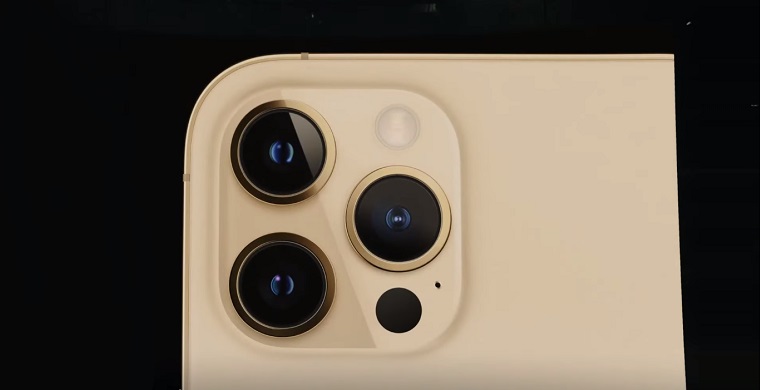
Augmented Reality & Home Design
When you think of LiDAR, augmented reality (AR) may immediately come to mind. The sensor can perfectly work with space, which comes in handy when working with AR and possibly some reality modeling. If we were to mention the use directly in practice, then the IKEA Place application is offered as the best example. With its help, furniture and other equipment can be projected directly into our home, through the phone itself. Since iPhones, thanks to the LiDAR sensor, can work well with the mentioned space, the rendering of these elements is much easier and more accurate.

Scanning 3D objects
As we mentioned in the very introduction, the LiDAR sensor can take care of a faithful and accurate 3D scan of the object. This can be used, for example, by people who are engaged in 3D modeling professionally, or if it is just their hobby. With the help of an iPhone, they can playfully scan any object. However, it does not end there. You can continue to work with the result, which is precisely the strength of LiDAR in apple phones. It is therefore not a problem to export the result, transfer it to a PC/Mac and then apply it in popular programs such as Blender or Unreal Engine, which work directly with 3D elements.
Therefore, practically every apple grower who owns an iPhone equipped with a LiDAR sensor can make his work in 3D modeling much easier. A device like this can save you a lot of time, and in some cases even money. Instead of spending long hours creating your own model, or buying it, you just need to pick up your phone, scan the object right at home, and you're practically done.
Better photo quality
To make matters worse, Apple phones also use the LiDAR sensor for photography. Apple phones are already at a fairly high level when it comes to photography. However, this novelty, which came with the mentioned iPhone 12 Pro, moved the whole thing a few steps forward. LiDAR improves photography in specific conditions. Based on the ability to measure the distance between the lens and the subject, it is the perfect companion for shooting portraits. Thanks to this, the phone immediately has an idea of how far away the photographed person or object is, which can then be adjusted to blur the background itself.
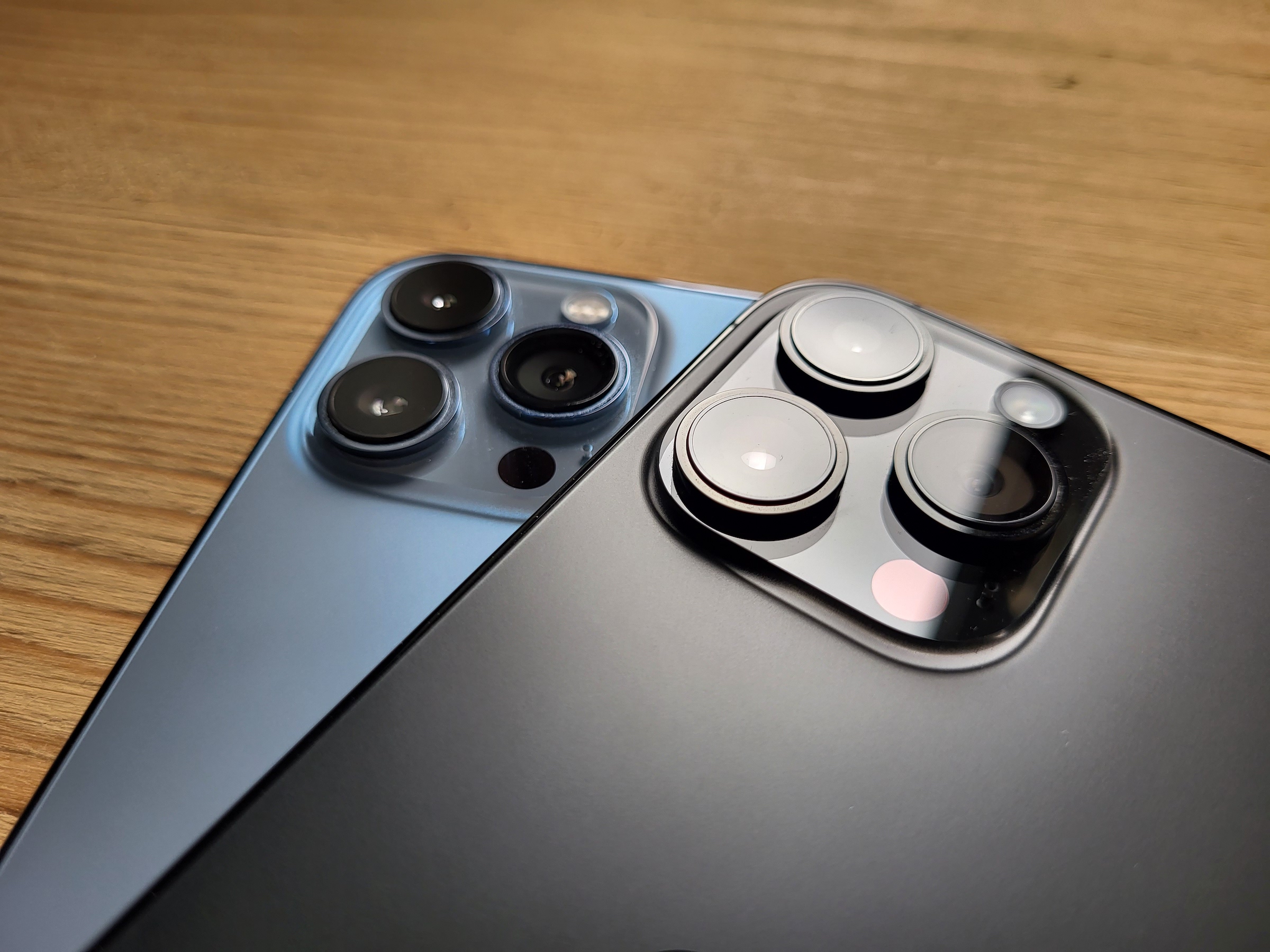
iPhones also use the capabilities of the sensor for faster autofocus, which generally raises the overall level of quality. Faster focusing means greater sensitivity to detail and reduction of possible blurring. To sum it all up, apple growers get significantly better quality pictures. It also plays an important role when taking photos in poor lighting conditions. Apple directly states that iPhones equipped with a LiDAR sensor can focus up to six times faster, even in poor lighting conditions.
AR gaming
In the final, we must not forget the well-known gaming using augmented reality. In this category we could include, for example, the legendary title Pokémon Go, which in 2016 became a worldwide phenomenon and one of the most played mobile games of its time. As we have already mentioned several times above, the LiDAR sensor significantly simplifies working with augmented reality, which of course also applies to the gaming segment.
But let's quickly focus on the actual usability within this field. The iPhone can use the LiDAR sensor for detailed scanning of the surroundings, which creates an augmented reality "playground" in the background. Thanks to this element, the phone can render a significantly better virtual world, taking into account not only the surroundings as such, but also its individual elements, including height and physics.
It could be interest you
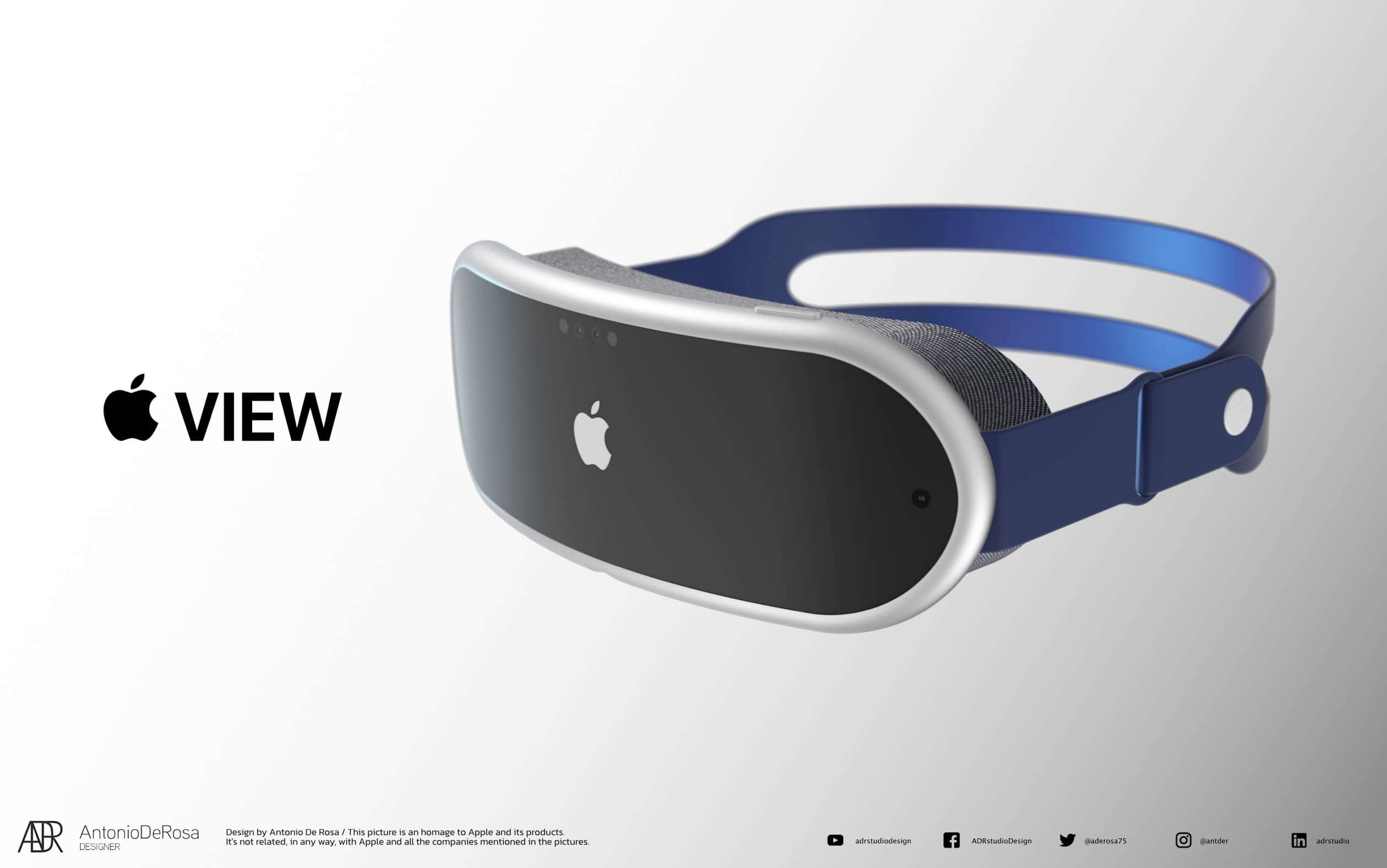
 Adam Kos
Adam Kos  Flying around the world with Apple
Flying around the world with Apple 
